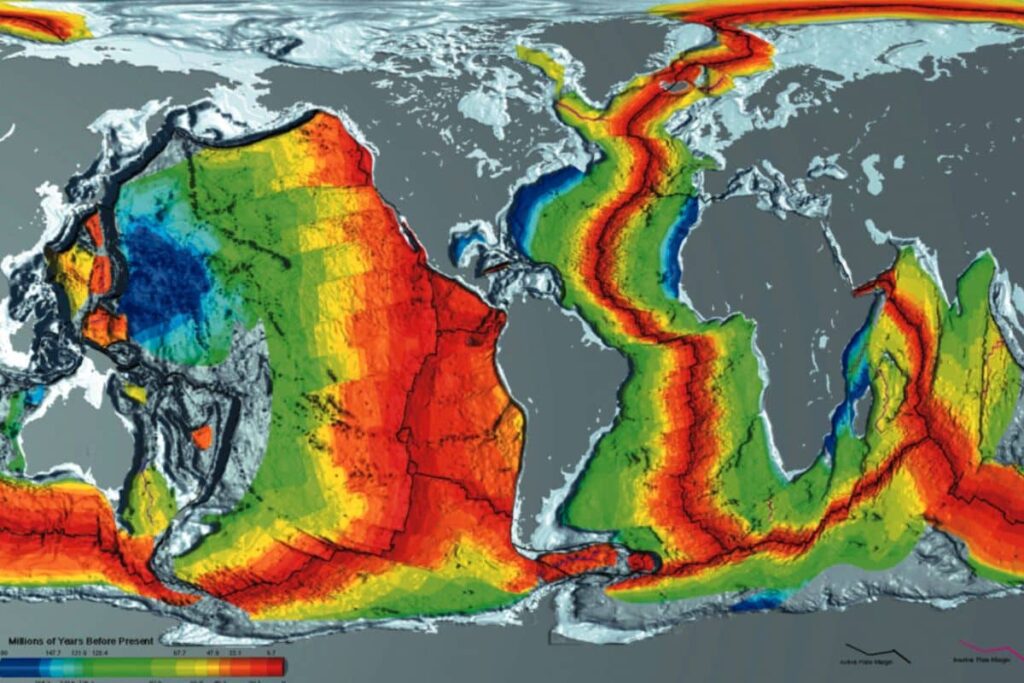Between 15 and 6 million years ago, a slowdown in oceanic crust formation significantly impacted sea levels, causing them to drop by 26 to 32 meters. This reduction was linked to tectonic plate dynamics, which change ocean basin shapes and depths over millions of years.
A study by Colleen A. Dalton and colleagues highlighted that ocean crust production decreased by 35% during this period, primarily due to new rock formation at ocean ridges, pushing older rocks toward subduction zones. This process deepened ocean basins and lowered sea levels.
Additionally, the slowdown in seafloor spreading affected heat flow from Earth’s mantle, with average heat dissipation decreasing by 8%, and up to 35% at ocean ridges. This change likely altered ocean chemistry, impacting hydrothermal processes.
Submarine volcanic activity, which typically releases carbon dioxide (CO₂), also diminished, potentially contributing to a cooler climate. The combination of increased ice formation on land and decreasing ocean temperatures could have led to an additional sea level fall of over 60 meters.
The findings align with limited geological records, including stratigraphic data from coastal regions like New Jersey and Nova Scotia.
Source link


